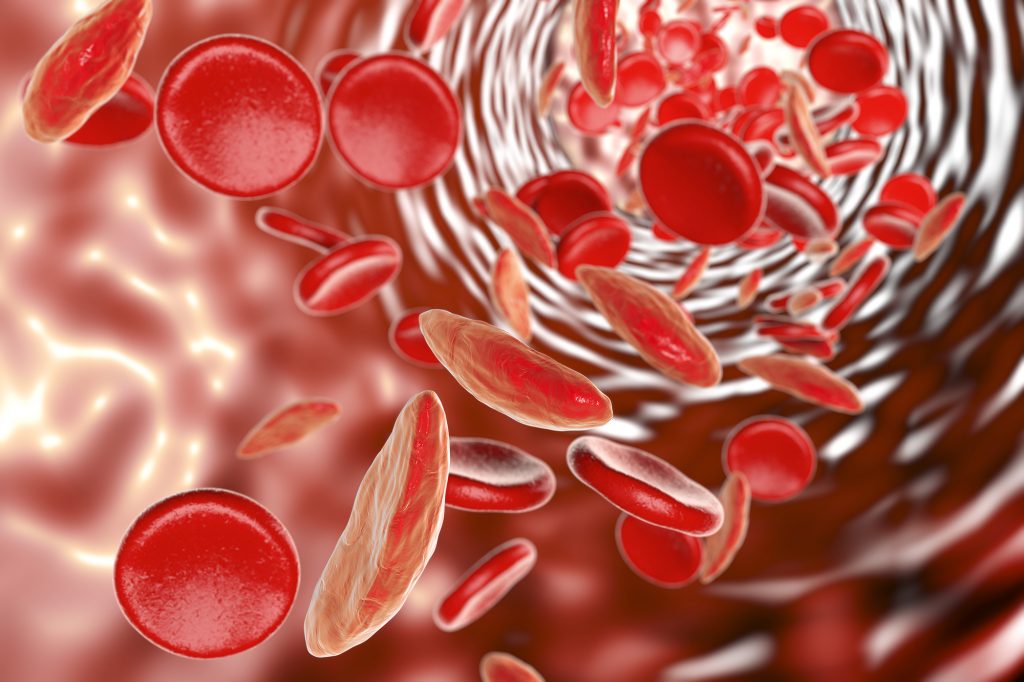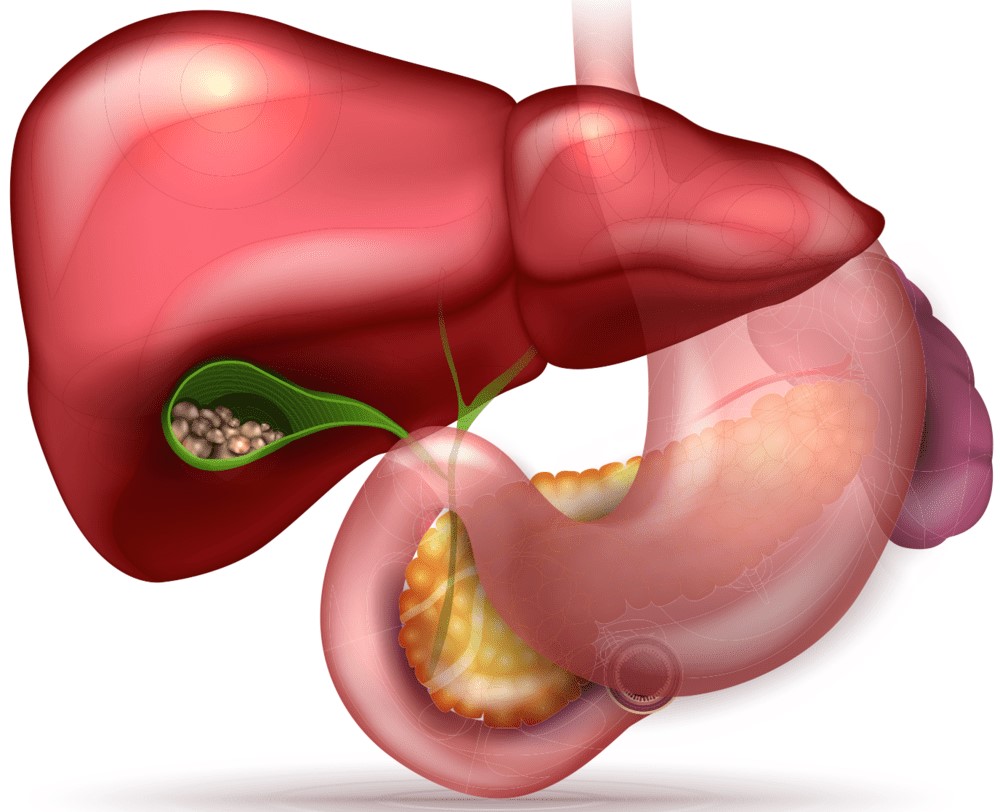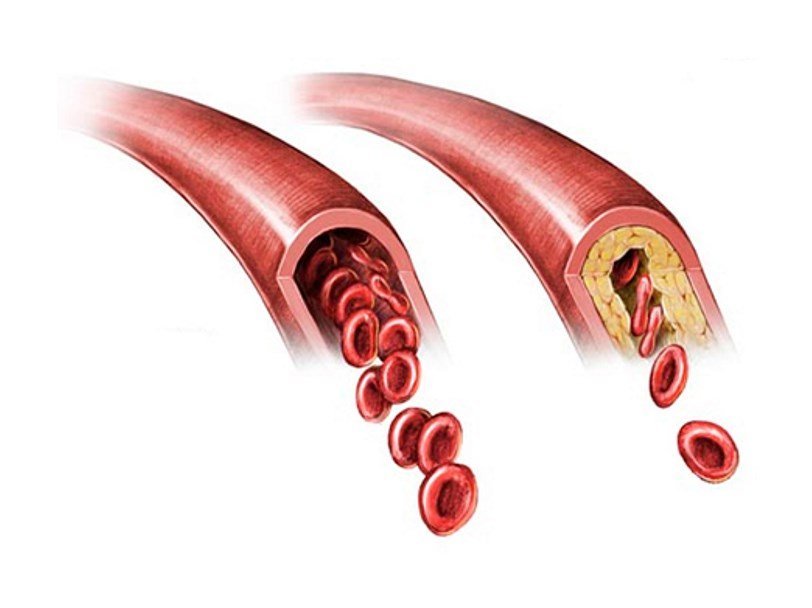The role of iron in the body is enormous. It is part of many enzymes that accelerate the course of biochemical reactions in the body, and provides binding and release of oxygen. With a lack of iron in the body, energy reactions slow down, organs and tissues begin to experience oxygen starvation, and the so-called hypoxemic syndrome develops.
Iron enters the body with food. The amount of incoming iron will depend, of course, on its content in food, but not only. It is important how the gastrointestinal tract functions, what other substances come from food. The use of strong tea, many preservatives (and what kind of food is there without them?), A number of antibiotics, antacids (that is, substances that reduce gastric secretion or coat mucous membranes) impede the intake of iron.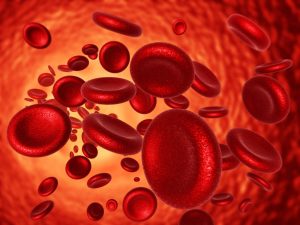
The daily requirement for iron is different and sometimes very different. For comparison: the need for iron in women in a calm state is 1.5 mg, and during lactation increases to 3.5 mg. Most often, anemia occurs among young women and children.
Symptoms of anemia:
weakness;
dizziness;
headache;
palpitations during exercise;
drowsiness;
decreased concentration of attention;
irritability;
hypersensitivity to cold.
Sometimes there is a perversion of taste, an addiction to unusual smells. The slower anemia develops, the better a person can adapt to it, and it often happens that there are no complaints, and the hemoglobin level is low.
First of all, with anemia, those organs suffer where the processes of renewal are actively going on. Characterized by hair loss, fragility, rapid graying, changes in the shape and structure of nails, cracks, dryness, peeling appear on the skin. In the gastrointestinal tract, atrophic gastritis develops, which in turn further complicates the absorption of iron. The cardiovascular system is trying to compensate for hypoxia and the heart begins to pump over oxygen-poor blood, which is manifested by a rapid heartbeat, and, in the long term, depletion of the heart muscle. The immune system suffers, the production of protective antibodies slows down and a person is more likely to suffer from infectious diseases.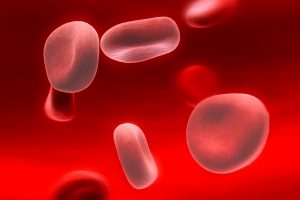
Diagnosis of overt anemia is straightforward. A blood test for hemoglobin can confirm or deny the diagnosis of anemia. According to the degree of hemoglobin reduction, the form of anemia is judged: a mild degree suggests a hemoglobin level from 120 to 90 g / l., An average degree from 90 to 70 g / l, and a severe one below 70 g / l. It is more difficult with latent iron deficiency. Here it is required to determine the level of serum iron, ferritin, as well as a number of other indicators. Elucidation of the state of iron metabolism in the body is extremely important, since with the latent form of anemia, we do not see changes on the part of hemoglobin, but there are manifestations on the part of organs and tissues inherent in anemia.
The most important thing is to try to find out the cause of the anemia and eliminate it. Find the source of increased blood loss https://en.wikipedia.org/wiki/Bleeding, adjust the diet, cure diseases of the stomach and intestines, and so on. It is impossible to compensate for the iron deficiency in the body only with the use of a diet. Of course, it is extremely important to consume foods high in iron, such as meat, liver, yolk, cocoa, almonds, apricots. But it must be borne in mind that iron is poorly absorbed from food, in particular, only 20% of iron comes from meat, and even less – 0.2% from plant products. Therefore, you cannot do without medication. Usually, iron preparations containing folic acid, ascorbic acid, trace elements, amino acids, and so on are prescribed. In parallel, the correction of metabolic disorders in organs and tissues is carried out (vitamins, antioxidants, drugs that improve protein metabolism are prescribed). In each case, this task is solved individually, taking into account the tolerance of drugs and the general state of health.
